10 most intriguing paintings from the Prado Museum in Madrid
As mentioned in a previous post, I’m not an art aficionado but the artworks on display at the Prado museum really struck a chord in my heart. As the collection in Prado Museum is massive, thought I’d include the 10 most intriguing paintings from the Prado Museum in Madrid, in my humble opinion. Note: Some of them are not the most famous, but I found them to be rather impactful, based on my experience and context. The gallery where each painting can be found has been included in the captions.
Feel free to drop a comment should you have further recommendations to make!
All photo credits: Prado Museum official site: https://www.museodelprado.es
1. Las Meninas (The Maids of Honour) by Diego Velázquez
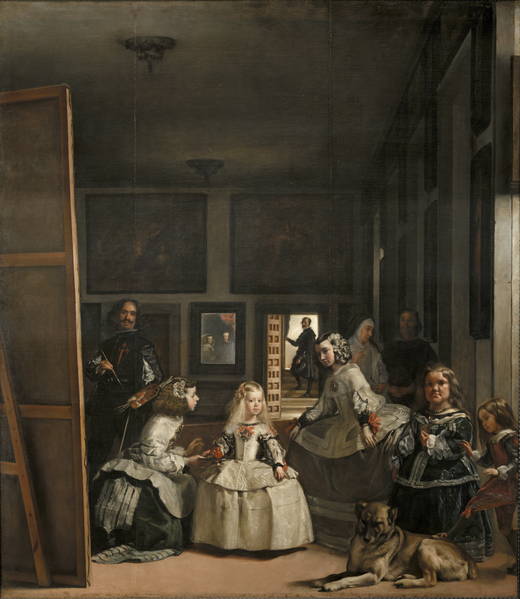
This is by far the most famous painting in the Prado Museum. Painted by Diego Velázquez, one of the leading artists of the Spanish Golden Age. According to Wiki, the painting’s complex and enigmatic composition raises questions about reality and illusion, and creates an uncertain relationship between the viewer and the figures depicted. Because of these complexities, Las Meninas has been one of the most widely analyzed works in Western painting.
The painting shows a large room in the Royal Alcazar of Madrid and presents several figures from the Spanish court. The young Infanta Margaret Theresa is surrounded by her entourage of maids of honour, chaperone, bodyguard, two dwarfs and a dog. Just behind them, Velázquez portrays himself working at a large canvas. Velázquez looks outwards, beyond the pictorial space to where a viewer of the painting would stand. In the background there is a mirror that reflects the upper bodies of the king and queen.
An art historian Svetlana Alpers suggests that, by portraying the artist at work in the company of royalty and nobility, Velázquez was claiming high status for both the artist and his art. I also found the analysis by Michel Foucault interesting – essentially you make direct eye contact with the painter Velázquez depending on where you stand to view this picture and that contributes to the complexity of this piece.
We are looking at a picture in which the painter is in turn looking out at us. A mere confrontation, eyes catching one another’s glance, direct looks superimposing themselves upon one another as they cross. And yet this slender line of reciprocal visibility embraces a whole complex network of uncertainties, exchanges, and feints. The painter is turning his eyes towards us only in so far as we happen to occupy the same position as his subject.
2. The Dead Christ supported by an Angel by Antonello da Messina

According to the official site of the Prado Museum, Antonello travelled to Venice in 1475 and this painting was developed upon his return to Messina, the city visible in the background. This painting combines a meticulous calligraphy of northern origin —visible in the landscape and in Christ’s hair— with a monumental treatment of the anatomy and a concern for volume and perspective that is clearly southern.
As someone who is no stranger to biblical stories, I found this piece of work rather evocative. Through the painting, I could see the life being drained from the colour of Jesus’ skin, while the innocent sadness of the angel was similar to that of a child who had lost a parent.
3. The Clothed Maja by Francisco Goya
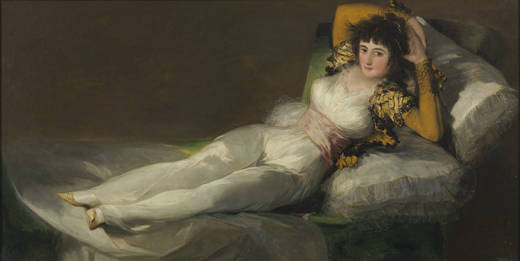
I was tempted to include photos of The Naked Maja, but as this is a family friendly and Safe For Work (SFW) blog, I decided otherwise. If you keen to view the painting, you can do so here. With regard to the Naked Maja, the painting is renowned for the straightforward and unashamed gaze of the model towards the viewer. according to Wikipedia. Before this point, nude paintings tend to show shy, modest models with averted eyes. With this work, it seems that the artist not only upset members of the clergy, but also pushed beyond artistic boundaries.
4. The Executions by Francisco Goya
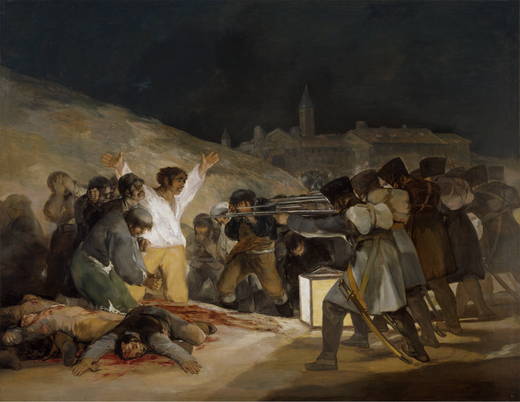
According to the museum site, the painting is a depiction of the execution of patriots from Madrid by a firing squad from Napoleon’s army in reprisal for their uprising against the French occupation on the second of May, 1808. The French soldiers are at the right of the composition, with their backs to the viewer. They aim their rifles at the Madrilenian who are to die. The scene’s drama and tension are emphasised by the use of light, which strongly illuminates the heroes, making it possible to distinguish their characters and attitudes in a detailed psychological character study.
I found this painting to be evoke emotions unlike the others – drama, tension, fear, defiance, pain and valour, all in one picture.
5. The Garden of Earthly Delights by Hieronymus Bosch
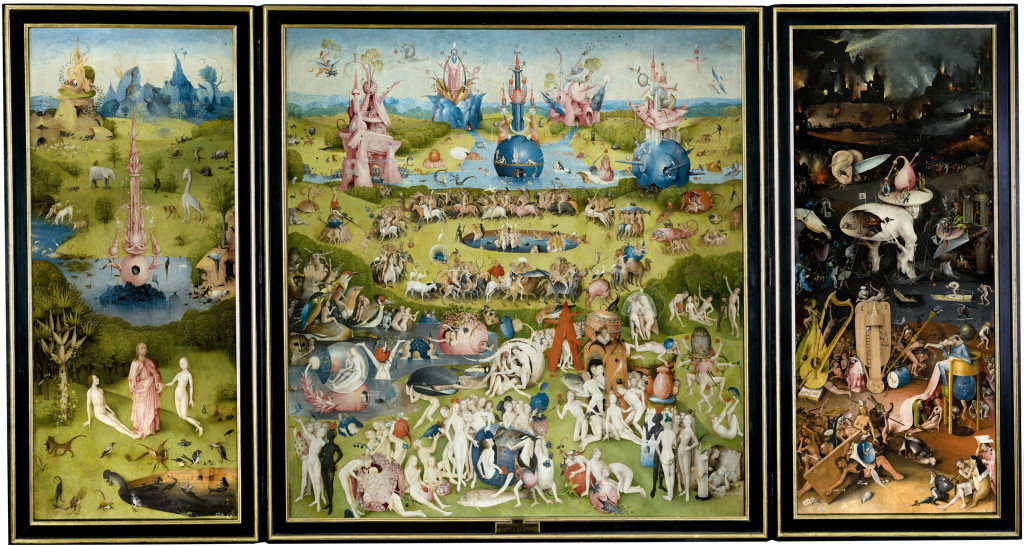
I spent a good five minutes listening to the description of this painting from my audio guide. It was intriguing. Essentially it depicts the moral temptations that humans have given in to, in the name of pleasure.
A short description from the museum site is as such:
The open triptych shows three scenes. The left panel is dedicated to Paradise, with the creation of Eve and the fountain of life, while the right panel shows hell. The central panel gives its name to the entire piece, representing a garden of life’s delights or pleasures. Between paradise and hell, these delights are nothing more than allusions to sin, showing humankind dedicated to diverse worldly pleasures. There are clear and strongly erotic representations of lust, along with others, whose meanings are more enigmatic. The fleeting beauty of flowers and the sweetness of fruit transmit a message of fragility and the ephemeral character of happiness and enjoyment. This seems to be corroborated by certain groups, such as the couple enclosed in a crystal ball on the left, which probably alludes to the popular Flemish saying: “happiness is like glass, it soon breaks”.
6. Still Life with Game, Vegetables and Fruit by Juan Sánchez Cotán
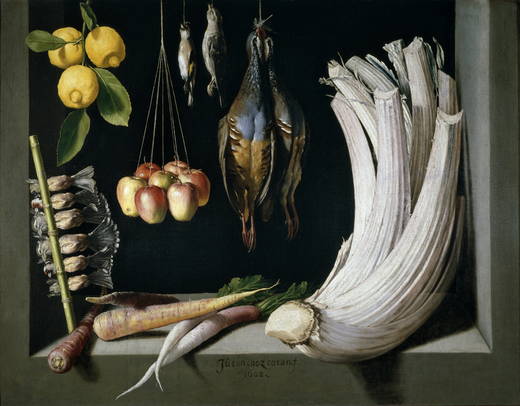
I’m a art noob and I wondered for the longest time why artists bothered to paint still lifes. But after seeing this painting, my perspective has changed. It’s a delicate painting filled with a mixture of style and detail. At a closer look, I paused to think about why the artist has positioned the carrot on top of the radishes and found the seven apples hanging down quite the centrepiece of the painting.
The description is as follows:
This still life shows the inside of a cupboard. On the shelf are a group of birds consisting of two serins, two goldfinches and two sparrows on a cane, as well as three carrots, two radishes, and a large white thistle that closes the composition. Hanging from the upper sill are three lemons, seven apples, a goldfinch, a sparrow and two red partridges.
The composition is outstanding for its sobriety, intimacy and intensity. Those characteristics are emphasized by the lateral light that produces large shadows, creating a perfect and fully realistic illusion characteristic of still lifes painted by Cotán, which became the prototypes of Spanish still lifes.
7. Agnus Dei (Lamb of God) by Francisco de Zurbarán
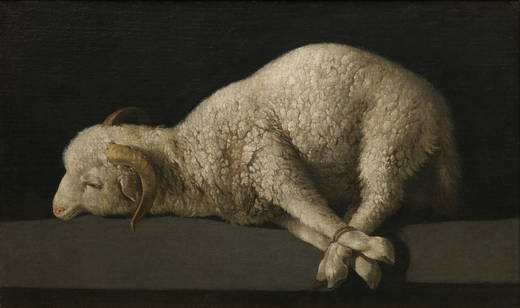
The painting is an allusion to Christ’s sacrificial death to save humanity. The straightforward composition consists exclusively of an image of the young animal with its legs bound, lying on a windowsill and brightly lit by a single light source.
The religious significance aside, I found this painting to be a poignant display of the lamb’s helplessness. It’s inability to break free from the ropes which had bound its legs together. It appears to be completely defeated, and has accepted its impending fate – death.
8. The Finding of Moses by Orazio Lomi de Gentileschi
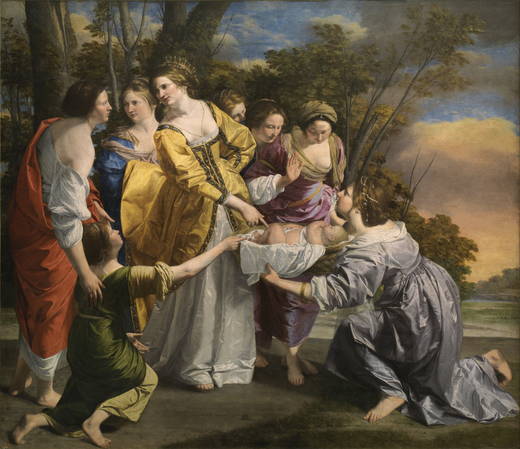
I’m probably biased here, because biblical stories were told to me since young, and The Finding of Moses was one of my favourite stories. The story is as such – The Pharaoh orders all male Hebrew children to be drowned in the River Nile. Moses’ mother places him in a basket and sends him off, floating down the River Nile in hope that he would have a chance of survival. The basket is found by the Pharaoh’s daughter (Exodus 2). Moses grows up among Egyptian royalty but eventually leaves to lead his people (the Hebrews).
9. The Cardinal by Raphael
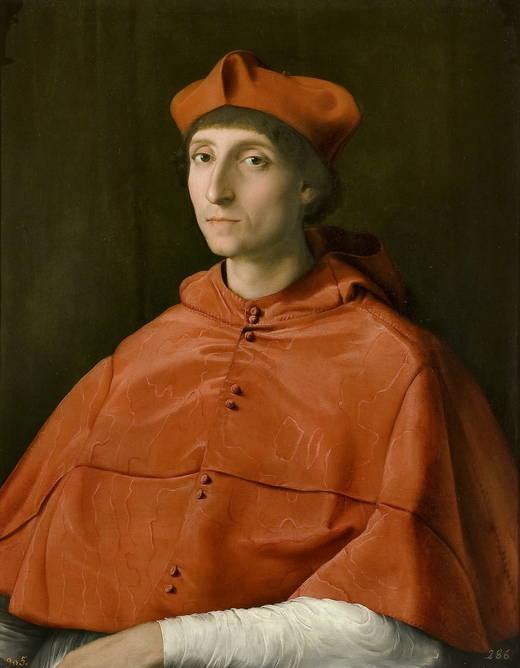
I spotted this painting from far. It stood out from a room full of paintings due to the sharp colour contrast and the enigmatic expression on the cardinal’s face. I was slightly disappointed to learn that the name of the cardinal is unknown. Like the description from the museum site suggests, there’s some semblance of Mona Lisa in this painting.
This work was painted in Rome at a time when Rafael was at the height of his capacity to paint ‘people as more real than they really are’, as his peers put it.
The composition is derived from Leonardo da Vinci’s Mona Lisa. In both works, the model appears seated, forming a triangle with his or her body and arm. Especially surprising here are the chromatic contrasts between the brilliant red of his hat, the whiteness of his sleeve, and his face, thanks to the use of highlights. This characteristic and the meticulous brushstrokes give the sitter a three-dimensional character that reveals Rapahel’s interest in sculpture during those years.
10. David Victorious over Goliath by Caravaggio
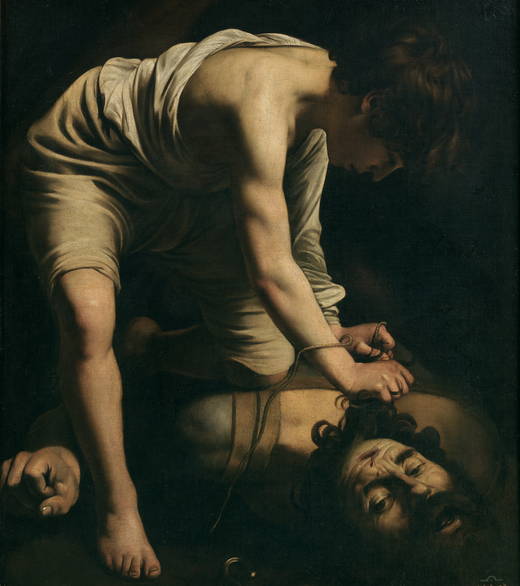
The victory of David over Goliath is one of the most famous biblical stories of all times. In this painting, David leans over the dead body of Goliath in order to tie up his amputated head as a trophy.
This painting shows the final scene off the battle between Philistines and Israelites as told in the Old Testament (Samuel 17, 51). David slew Goliath, the giant, using only a stone and a sling, bringing victory to the people of Israel. Caravaggio portrays David, not as a hero but rather as a young man with a serene aspect who has vanquished Evil thanks to his cleverness and Divine Aid. Only his clenched left fist betrays the tension of the moment.
That brings me to the end of the 10 most intriguing paintings from the Prado Museum in Madrid. Do you have any thoughts? Feel free to share them in the comments section below.

Leave a Reply